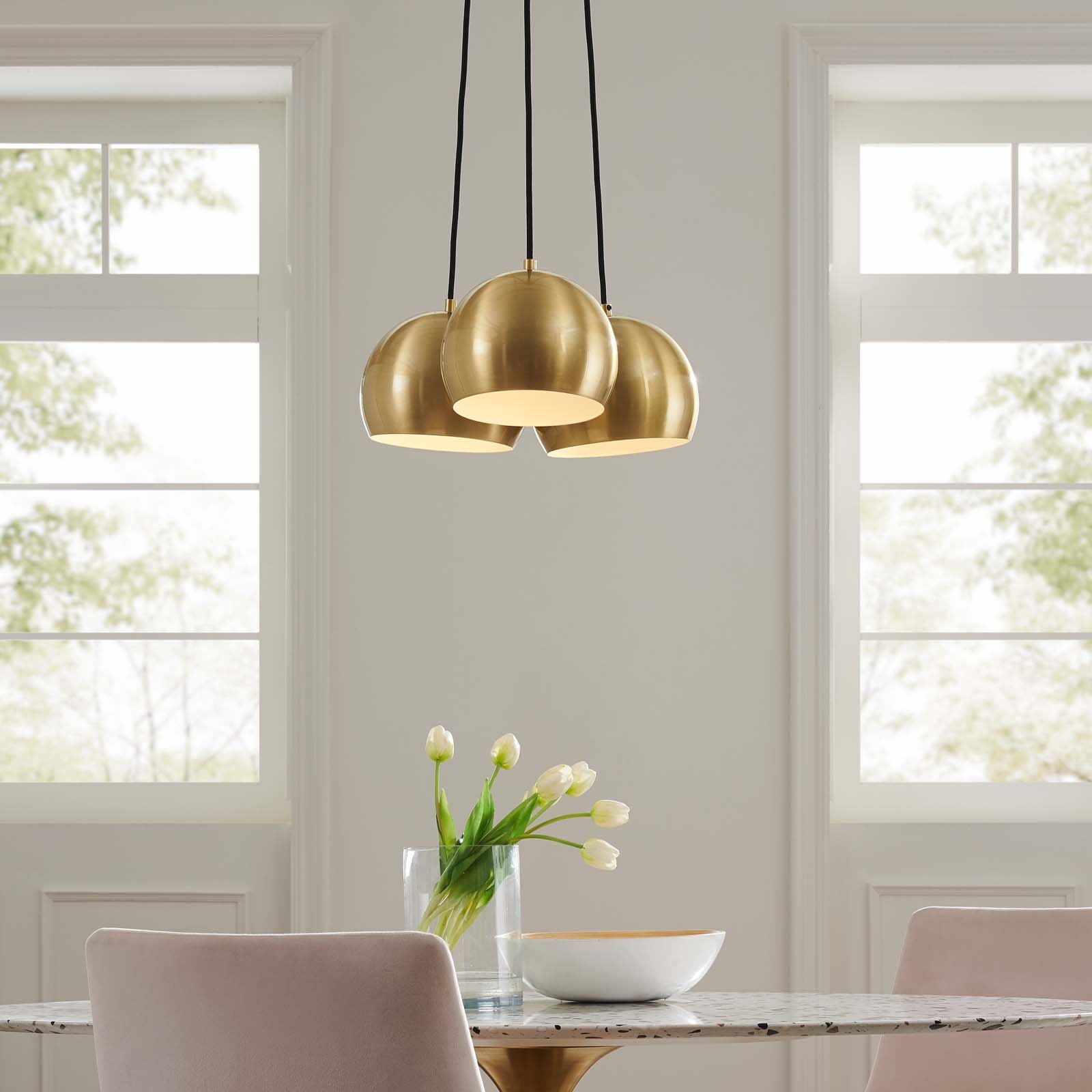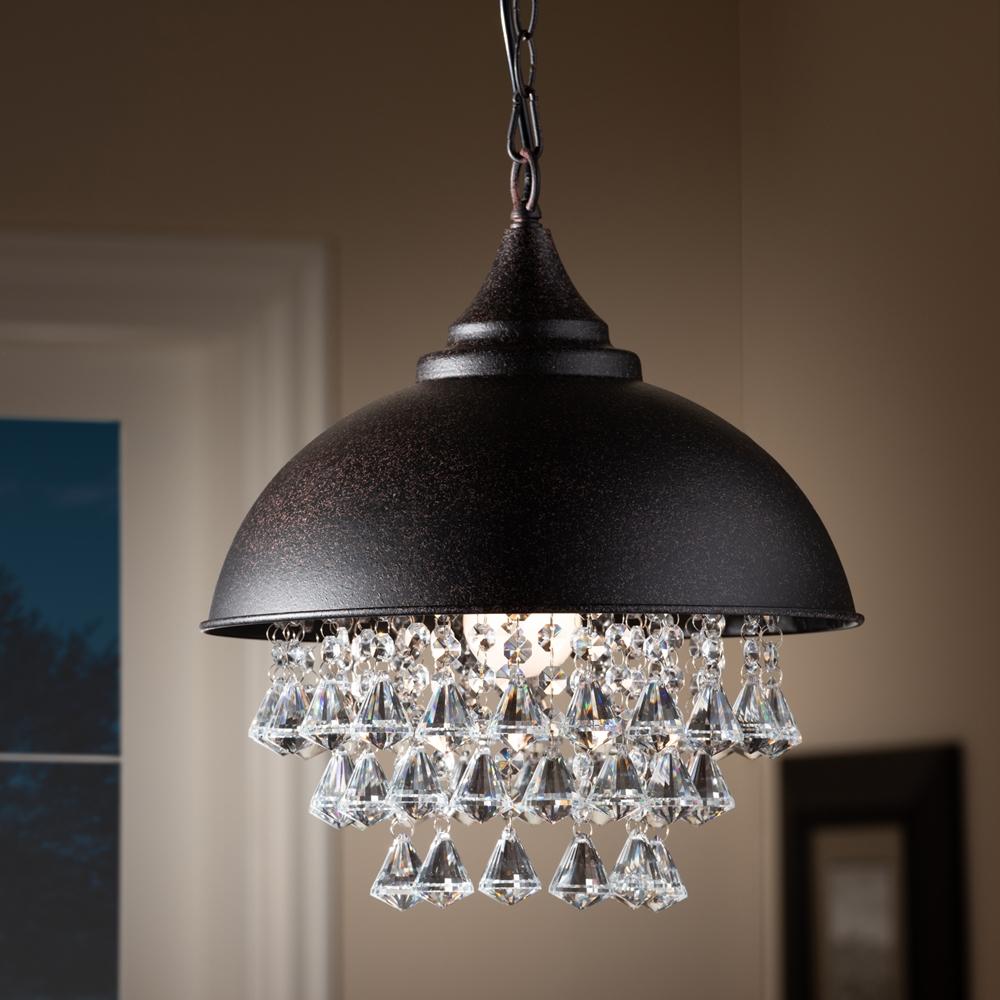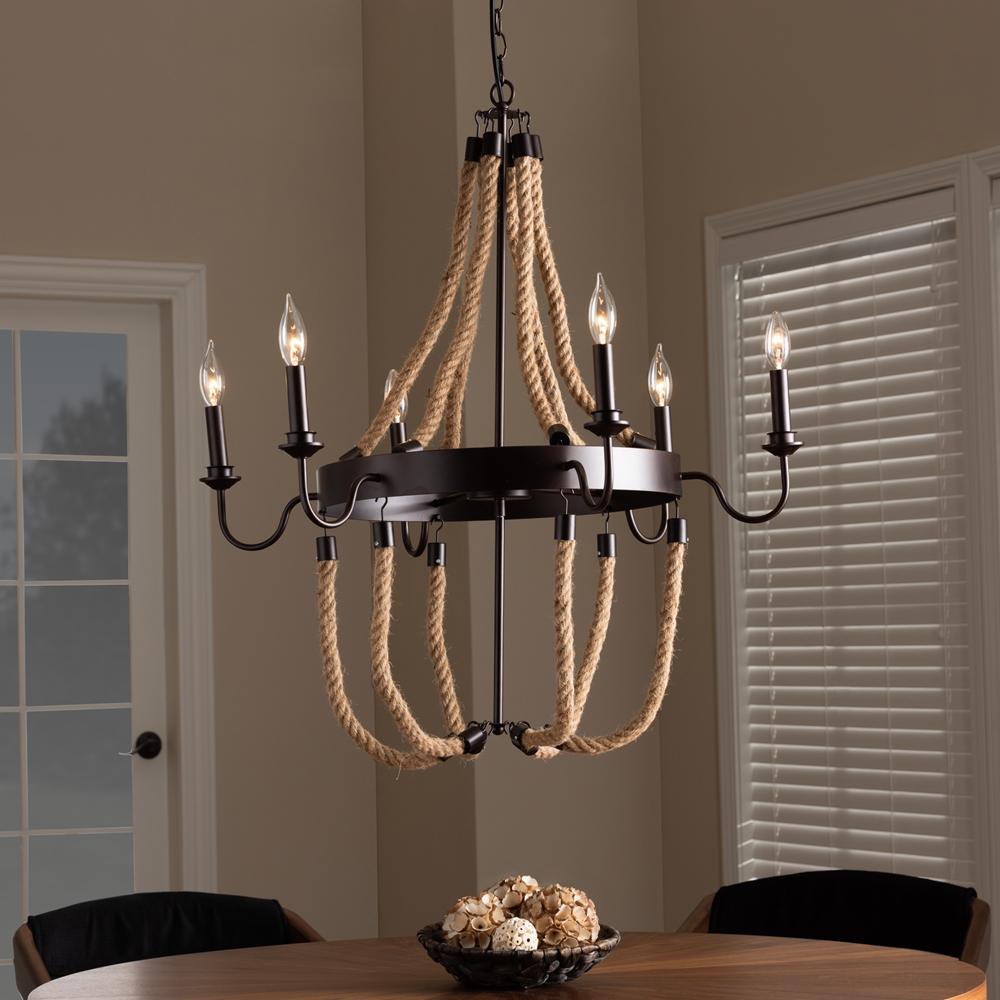Mid-century modern design has always been ahead of its time which is why it is still a fad today. Now even though this type of design can be traced back to cave art, but to categorize it in the form of design, let’s focus on the years 1930’s to 1960s. Read on below to learn how the mid-century modern design came into being and why it is still one of the best interior designing styles today.
History Of Mid-Century Modern Design
As the name suggests, mid-century modern style started from the 1930s to the 1960s and was a branch of modernism but with organic roots. This style movement was synonymous with simplicity, elegance, and functionality which ensured it to travel from Germany to America and then all around the world. The mid-century modern style began in a German art school, Bauhaus where minimalistic designs, mixing of textiles, and rejuvenating designs of everyday items was the start to this innovative concept.
However, during World War II, many artists of the Bauhaus were arrested and killed and the ones who survived exiled themselves to the United States. This is how mid-century modern style found its way to the USA and started to prosper even better than before.
Since the war had used up plenty of resources and urbanization of US cities desperately needed modern furnishing and homes, mid-century style started to become recognized. Furthermore, the distinctive features of this decor included minimal fuss alongside an understated and classic look that everyone approved of.
Some other characteristics of mid-century design included:
- Functionality is paramount and form follows function
- The mixture of non-traditional and traditional textures and materials
- Minimal accessorization
- Sleek and uncluttered lines with different forms such as geometric
Mid-Century Modern Design Materials
The material used in mid-century modern design is what makes it a breathing trend even today. Durability, above all, allows your statement pieces to last for a long time. The use of natural wood such as teak along with new materials include plywood, metal, vinyl, and glass creates elegant juxtapositions. Most of the time, a piece of furniture will mix two colors instead of two materials and create a head-turning piece that can stand out wherever you put it.
Style Of Mid-Century Modern Design
What is the most distinctive thing about mid-century modern style is the clean, elegant, and refined look it has. A mixture of natural curved, straight lines to smooth planes is the basis of a mid-century style which results in a graceful and elegant end product. For a more in-depth understanding of mid-century modern style, you need to know its different features; these features include the following:
- Colors; mid-century decor focuses on a neutral palette with colors such as beige, gray, and white. However, it also pays attention to bold colors to add a pop to your room. A perfect example of this would be a neutral-painted room with yellow vases and flower pots in the corner or on the table.
- Glass Walls; one of the main style characteristics of mid-century design is walls of glass on huge windows. The windows span from the floor to the ceiling with nothing to cover them giving a very elegant look to your whole room.
- Open Floor Plan; mid-century architectural designers focused on an open floor plan where rooms flow into each other. This means that dividers and walls were used very sparingly and there was an open floor plan in place.
- Outdoor Indoor Connection; another thing that this kind of style is dependent on is an outdoor connection inside your house. This is why houses depending on this decor have large windows without anything to cover them. Moreover, incorporating plants and even indoor trees is another outdoor-indoor connection that mid-century interior designers focused on.
- Straight Lines; now no matter what shape it is, mid-century style relies on straight lines. A perfect example of this is a flat roof, a perfectly curved tabletop, or a stand with incredibly straight legs. Even the lights have funky shapes made with straight and clean edges giving them an aesthetically appealing look.
The style for mid-century design can easily be summed up as being extremely ubiquitous and elegant. It is a great option for home decor enthusiasts and interior designers alike. The best part about the style is, even the smallest item plays a role and so you do not have to run after large statement pieces.
How Mid-Century Design Has Changed Today
Today not much has changed and mid-century design is still a fad. People love the minimalist and elegant look this style brings due to celebrities such as Kim Kardashian and how cream-colored home. Some may call that creepy but with a few touch pops of colors here and there, her home can perfectly fit the mid-century design.
Since the main aim behind this movement is “functionality is paramount” this trend can never go out of style. It regained recognition due to the television show called “Mad Men” where Don Draper’s home and office furnishing reflected the ideology behind the mid-century home. It was both sophisticated and extremely elegant and it became very popular. Later on, this ideology was applied in startup companies along with other companies such as Facebook and Google where lighting and furniture designs were incorporated with technology. This led to a very impressive and trendy design and since modernism is still very much alive in interior decor and architectural fields, mid-century modern decor continues to thrive.
Conclusion
Since its origin in the year 2021, mid-century modern style remains a fad in the world of architecture. But as with any period, you must not feel a compulsion to hop on this train if you are not ready to do so. People can confuse mid-century design to being extremely pricey and this is where they are wrong. You can enjoy this trend within your budget because at the end of the day, mid-century design is all about ease of living and organic, elegant, and purely functional designs incorporated inside your homes.





